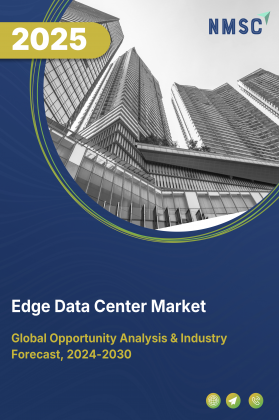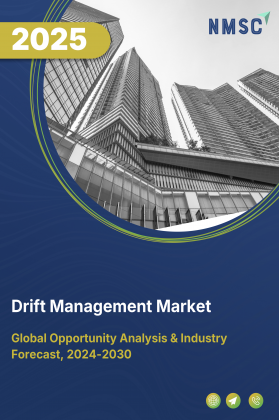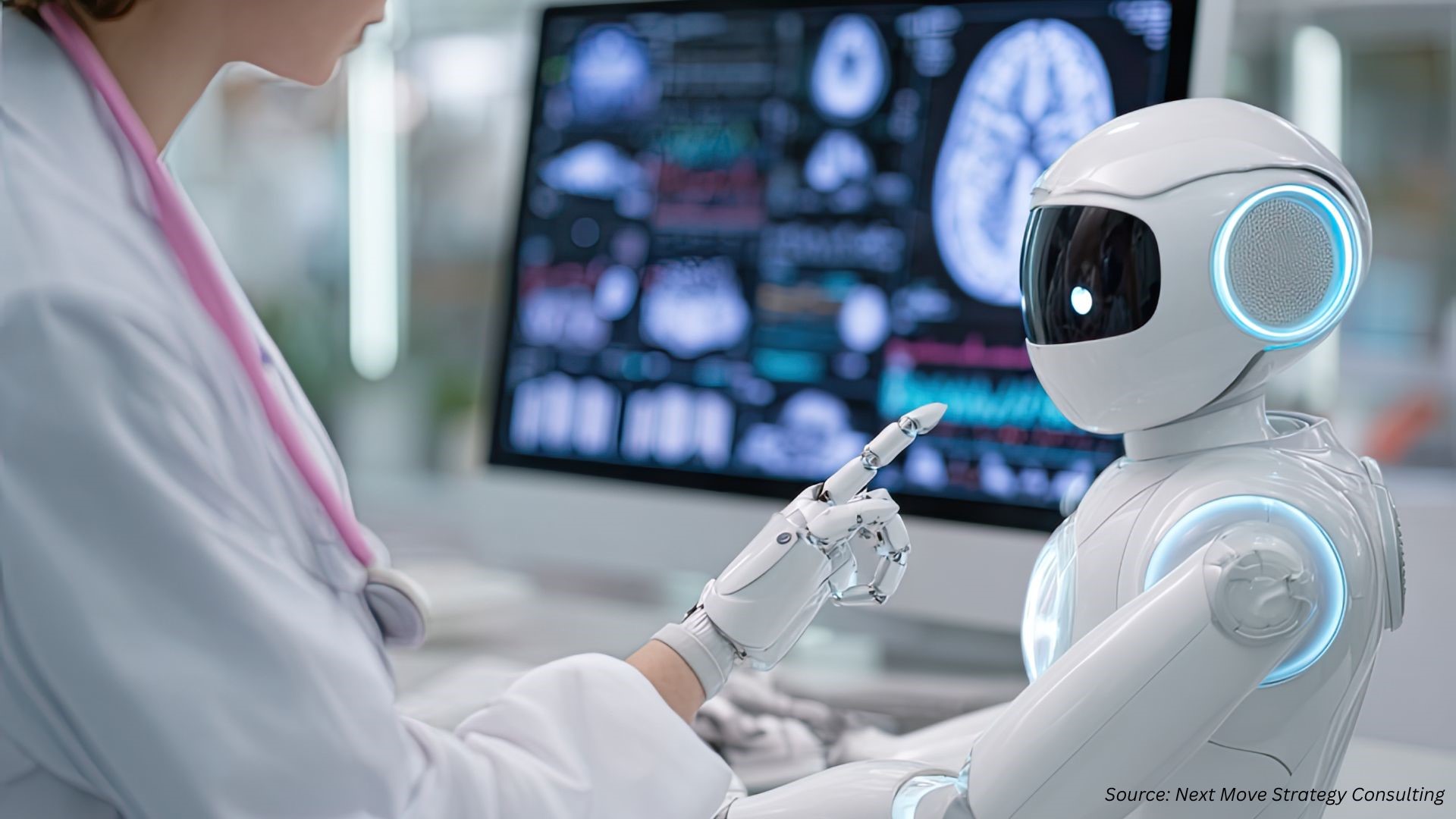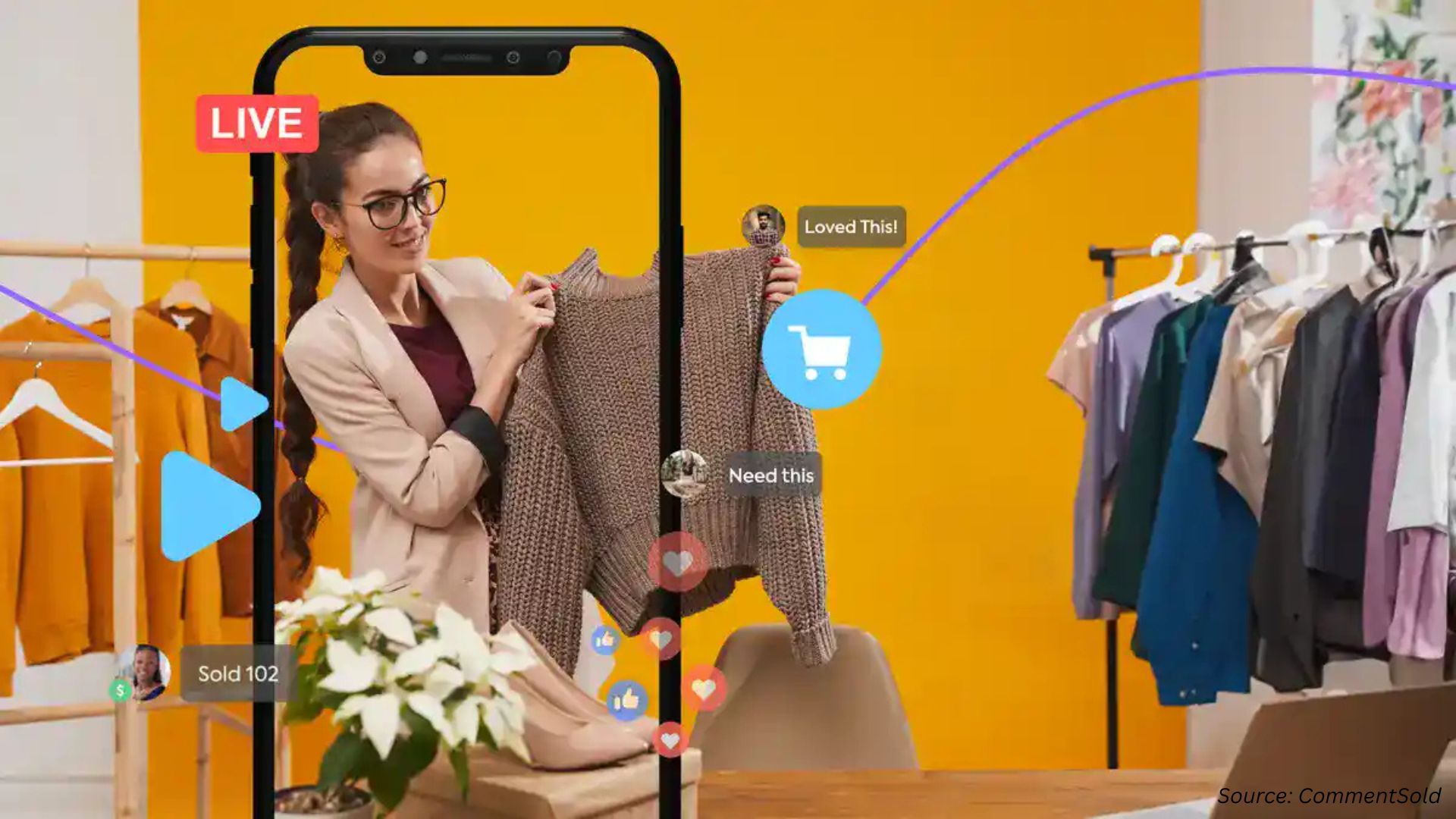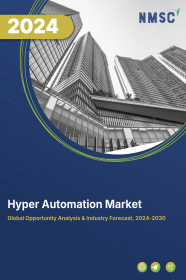
Hyper Automation Market by Component (o Software Platforms, and Services), by Deployment Mode (Cloud, and On Premise), by Organization Size (Large Enterprises, and Small And Medium Enterprises), by Application (Business Process Automation, IT Process Automation, Security Automation, Customer Experience Automation, and Others), by Industry Vertical (Banking Financial Services & Insurance (BFSI), Retail And Ecommerce and Others) - Global Opportunity Analysis and Industry Forecast 2023-2030.
Market Definition
The global Hyper-Automation Market size was valued at 14.53 billion in 2022 and is predicted to reach 60.62 billion by 2030 with a CAGR of 19.6% from 2023-2030. Hyper automation refers to the use of advanced technologies, such as artificial intelligence (AI) and robotic process automation (RPA), to automate processes and tasks to the greatest extent possible.
Hyper automation involves the use of multiple automation tools and technologies to automate a wide range of processes, including those that are highly complex or involve a large amount of data. The goal of hyper-automation is to increase efficiency, reduce costs, and improve accuracy by automating as many manual and repetitive tasks as possible. In addition to AI and RPA, hyper-automation may also involve the use of technologies such as machine learning, natural language processing, and process mining.
Market Dynamics and Trends
The demand for hyper-automation is increasing due to the rising demand for process automation as it helps to streamline processes, eliminate errors, and reduce costs, allowing organizations to become more competitive. Also, the growing demand for improved organizational operational efficiency is boosting the hyper automation market. Companies are striving to improve their operational performance, reduce costs, and increase customer satisfaction. This has pushed them to adopt automation technologies such as robotic process automation (RPA), artificial intelligence (AI), and machine learning (ML).
Moreover, in order to enhance the customer experience businesses are adopting hyper-automation, therefore further boosting the market growth. Automated customer service systems provide customers with faster and more accurate responses to their inquiries, resulting in improved customer satisfaction. However, hyper automation solutions are not always able to integrate with existing system and processes, which may restrain the hyper automation market growth.
On the other hand, the introduction of new developments in hyper automation such as intelligent process automation (IPA). It is a form of automation that combines advanced technologies, such as artificial intelligence (AI) and machine learning, with traditional process automation techniques to improve the efficiency and accuracy of business processes. Therefore, it is expected to create ample growth opportunities for the hyper-automation market in the future.
Market Segmentation and Scope of Study
The global hyper automation market share is segmented on the basis of technology, organizational size, industry vertical and geography. Based on technology, the market is classified into biometrics, context –aware computing, natural learning generation, chatbot, machine learning, and robotic process automation. Based on the organizational size, the market is segmented into small & medium enterprise and large enterprise. On the basis of industry vertical, the market is categorized into IT & Telecom, BFSI, manufacturing, retail, automotive, and healthcare & life science. Geographical breakdown and analysis of each of the aforesaid classifications include regions comprising of North America, Europe, Asia-Pacific, and RoW.
Geographical Analysis
North America dominates the global hyper automation industry and is potently expected to remain dominant in the market throughout the forecast period. This is attributed to the presence of some of the largest autonomous vehicle manufacturers that includes Tesla and General Motors that uses hyper automation to improve the performance and safety of self-driving cars, which in turn boost the growth of the hyper-automation market.
For instance, in April 2022, Tesla inaugurated Texas gigafactory, which is completely based on automated robotics and uses hyper-automation in the production of vehicles. Moreover, the presence major market players such as IBM Corporation, Automation Anywhere Inc., and Catalytic Inc., along with the strategic approach including launches and collaboration is fuelling the market growth. For instance, in February 2020, Automation Anywhere launched the world's first integrated AI-driven process discovery system to automate the identification of business operations.
On the other hand, Asia Pacific shows a substantial growth in the global hyper automation market owing to the rapid conversion of traditional industrial operations into automated plants along with the adoption of RPA technology. According to research by Automation Anywhere reveals that around 50% of Indian businesses will deploy intelligent automation by 2024. Also, the ongoing research and development in hyper automation by various companies such as Tata consultancy services (TCS) and Wipro is further propelling the growth of the market in the region. For instance, in August 2019, TCS launched new Robotic Process Automation (RPA) solutions to provide better accuracy and quality in chip fabrication, and to help semiconductor companies with digital transformation.
Competitive Landscape
The hyper automation industry includes several market players such as Microsoft Corporation, UiPath, Inc., IBM Corporation, Automation Anywhere, Inc., SAP SE, Oracle Corporation, ServiceNow, Inc., Pegasystems Inc., Appian Corporation, Celonis SE, SS&C Blue Prism Group Plc, NICE Ltd., ABBYY USA Software House Inc, OpenText Corporation, WorkFusion Inc., Hyperscience Inc., EdgeVerve Systems Limited (AssistEdge), Nintex Holdings Limited, Tata Consultancy Services Limited (TCS), Siemens AG (Mendix Low Code). These market players are adopting various strategies such as new launches and collaboration to maintain their dominance in the global hyper automation market. For instance, in December 2020 Appian launched an integrated platform for Hyper Automation to drive rapid and substantial business value from a new generation of powerful and scalable enterprise automation technology.
Also, in October 2025, Microsoft Corporation, launched Microsoft Agent Framework (public preview), offering a unified SDK and runtime for building, governing, and orchestrating multi-agent systems. Extended its Azure offerings to support orchestration of agent-based systems and multi-agent workflows, especially within Azure AI Foundry.
Moreover, in September 2025,UiPath, Inc., announced Agent Sandbox, allowing automations to be built via natural language, low-code, or code in one unified environment. Also introduced UiPath Agents and advanced agentic automation features.
Key Benefits
-
The report provides quantitative analysis and estimations of the hyper automation market from 2023 to 2030, which assists in identifying the prevailing market opportunities.
-
The study comprises a deep dive analysis of the hyper automation market including the current and future trends to depict prevalent investment pockets in the market.
-
Information related to key drivers, restraints, and opportunities and their impact on the global market is provided in the report.
-
Competitive analysis of the players, along with their market share is provided in the report.
-
SWOT analysis and Porters Five Forces model is elaborated in the study.
-
Value chain analysis in the hyper automation market study provides a clear picture of roles of stakeholders.
Hyper Automation Market Key Segments
By Component
-
Software Platforms
-
Robotic Process Automation
-
Process Discovery and Mining
-
Intelligent Document Processing
-
Low Code/No Code (LCNC) App Development
-
Workflow And Orchestration Engines
-
AI And Machine Learning Models
-
Analytics And Reporting
-
-
Services
-
Professional Services
-
Consulting and Strategy
-
System Integration and Deployment
-
Training and Education
-
-
Managed Services
-
By Deployment Mode
-
Cloud
-
On Premise
By Organization Size
-
Large Enterprises
-
Small And Medium Enterprises
By Application
-
Business Process Automation
-
IT Process Automation
-
Security Automation
-
Customer Experience Automation
-
Document and Content Automation
-
Data Analytics and Reporting Automation
-
Other Applications
By Industry Vertical
-
Banking Financial Services & Insurance (BFSI)
-
Retail And Ecommerce
-
Manufacturing
-
Healthcare & Life Sciences
-
IT And Telecommunications
-
Government & Public Sector
-
Energy And Utilities
-
Transportation And Logistics
-
Consumer Goods
-
Other Industries
By Geography
-
North America
-
U.S
-
Canada
-
Mexico
-
-
Europe
-
UK
-
Germany
-
France
-
Italy
-
Spain
-
Denmark
-
Netherlands
-
Finland
-
Sweden
-
Norway
-
Russia
-
Rest of Europe
-
-
Asia-Pacific
-
China
-
Japan
-
India
-
South Korea
-
Australia
-
Indonesia
-
Singapore
-
Taiwan
-
Thailand
-
Rest of Asia-Pacific
-
-
RoW
-
Latin America
-
Middle East
-
Africa
-
Key Players
-
Microsoft Corporation
-
UiPath, Inc.
-
IBM Corporation
-
Automation Anywhere, Inc.
-
SAP SE
-
Oracle Corporation
-
ServiceNow, Inc.
-
Pegasystems Inc.
-
Appian Corporation
-
Celonis SE
-
SS&C Blue Prism Group Plc
-
NICE Ltd.
-
ABBYY USA Software House Inc
-
OpenText Corporation
-
WorkFusion Inc.
-
Hyperscience Inc.
-
EdgeVerve Systems Limited (AssistEdge)
-
Nintex Holdings Limited
-
Tata Consultancy Services Limited (TCS)
-
Siemens AG (Mendix Low Code)

















 Speak to Our Analyst
Speak to Our Analyst




